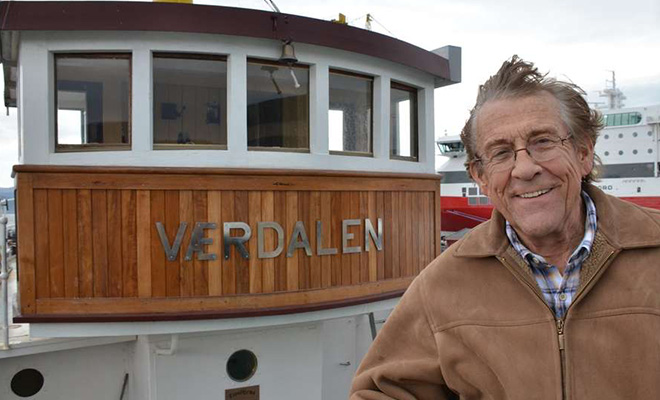
Olaf Engvig is a maritime historian, photographer, author of numerous books, and consultant to maritime museums in Norway, Sweden, and other countries. He has been the editor of several magazines in Norway, and a leader and diver in marine archaeological expeditions and excavations. In addition, he was the founder and CEO of a ship wharf specializing in restoration of historic ships, and has been instrumental in restoring many unique old vessels.
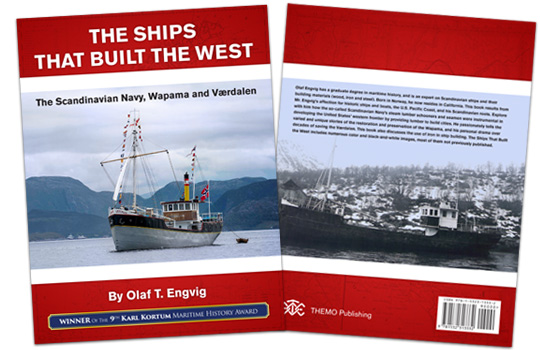
In 2018, Olaf was awarded the 9th Karl Kortum Maritime History Award by the group currently known as Friends of Pacific Maritime History. He received this award for his The Ships That Built the West: The Scandinavian Navy, WAPAMA and VÆRDALEN manuscript. The award is named after the legendary Karl Kortum (1917–1996), a founder of the National Maritime Historical Society and the San Francisco Maritime Museum. He, just like Olaf, was instrumental in saving numerous historic vessels. Walter Cronkite, the broadcaster who shared Mr. Kortum's affection for ships, once called Karl Kortum "perhaps America's foremost marine preservationist and historian." Olaf and Karl became close friends when Olaf came to San Francisco in the early 1990s. They often enjoyed sharing their salty sea stories over martini lunches at The Buena Vista, a short walk from the museum.

In 2015, Olaf was awarded the Outstanding Scandinavian American Award by the Scandinavian American Cultural and Historical Foundation of Thousand Oaks, California. In their justification, the Foundation notes: […awarded for his] dedication to the restoration and preservation of historic Norwegian ships and boats and to [his] efforts to document and disseminate Scandinavian maritime history through books and magazine articles [he has] written.”
you can see the invitation to the Outstanding Scandinavian American Award event HERE.
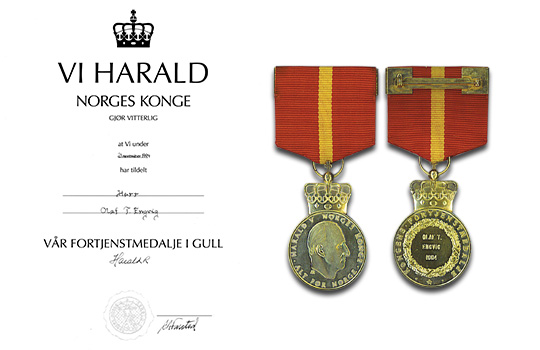
After the full restoration of the HANSTEEN (built in 1866) from empty hull to fully certified steamship was completed, Olaf was awarded the first Royal Gold Medal ever given for the preservation of Norwegian maritime heritage. The HANSTEEN was rediscovered as a lodger in Akerselva during Olaf’s work on the book Gamle Dampen (1977). In 1978 the HANSTEEN was to be sunk. Olaf Engvig did not find anybody who wanted to preserve this iron ship from 1866, and took over the ship himself. The hull was in good order, and original parts were still on board. Together with volunteers, he managed to restore the HANSTEEN to a fully functional, seaworthy ship. He gave the HANSTEN to his hometown of Trondheim, Norway.
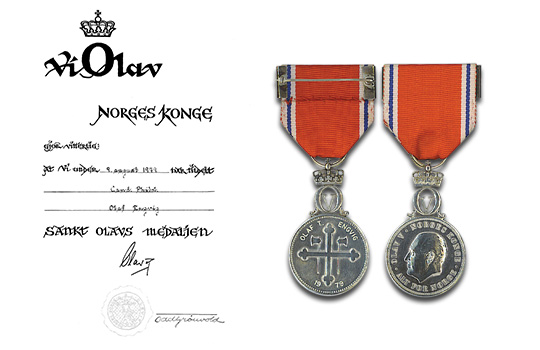
Olaf received the Saint Olav’s Medal from His Majesty King Olav V of Norway in 1979 for promoting Norway abroad, especially related to the Vikings on the British Isles. He advocated for the York Coppergate Viking excavation, which later led to the construction of the Jorvik Viking Center. He did so by sailing around the North Sea together with his daughter Gunn (then 13) in the all-original, traditional long boat HITRA from 1863. This boat was built before the Viking ships were excavated, and therefore represents a “missing link” between the Viking boats and the traditional Norwegian wooden boats.

Olaf Engvig has a Cand. Philol. (graduate) degree in Maritime History from the University of Oslo. In addition, he
Olaf Engvig currently resides in Southern California with his family.
Olaf Engvig was born and raised in Rissa, Norway, where Johan Bojer wrote his book "The Last of the Vikings" (Den Siste Viking). Engvig learned to square sail from Jakob Kvithyll, the skipper Bojer described in his book. Faering JAKOB - only boat owned by Jakob Kvithyll - is shown to the right, with Engvig on board. Engvig is an international expert on the history of shipbuilding, including the use of iron and steel in historic vessels.
In addition to his maritime interests, Olaf Engvig was also a member of the Royal Norwegian Army. Engvig attended Ordnance Guided Missile School in Redstone Arsenal, Alabama, and was involved with NATO electronics training. As a higher-echelon maintenance Radar Specialist for NATO, he worked on the Nike Hercules/Ajax guided missile systems in the United States and Norway during the Cold War.
Engvig later attended the University of Oslo, where he received a graduate degree in Maritime History. He lived in San Francisco for several years before moving to Southern California, where he now resides.
2020
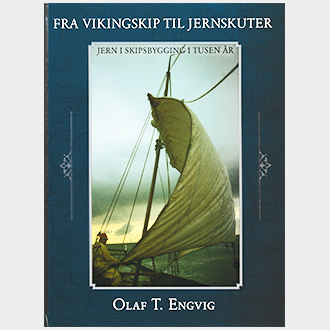
THEMO Publishing, Ventura
212p, fully illustrated, hardcover.
2018

THEMO Publishing, Ventura
195p, fully illustrated, hardcover.
2018
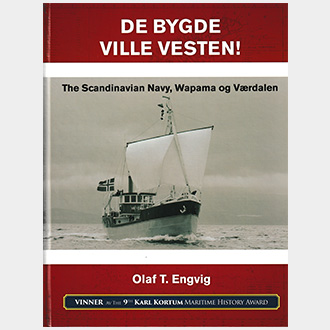
THEMO Publishing, Ventura
190p, fully illustrated, hardcover.
2008

352p, bw ill., hardcover.
2008
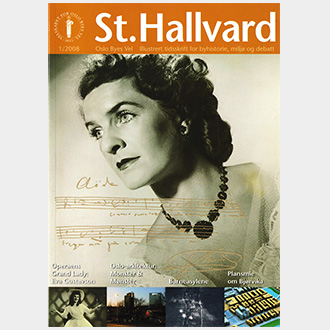
St. Hallvard, Norway
2008

260p, letter format, color, hardcover.
2006
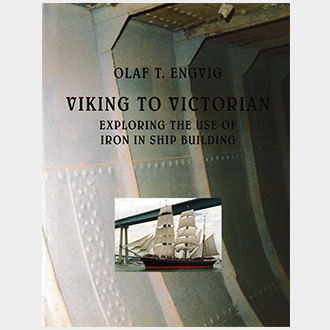
THEMO Publishing, Los Angeles
176p, four color, hardcover.
2000-2005
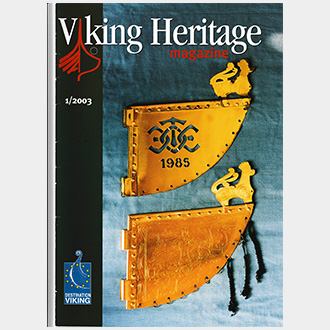
Viking Heritage Magazine, Sweeden
1999
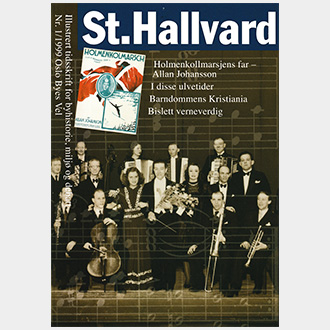
St. Hallvard, Norway
1998
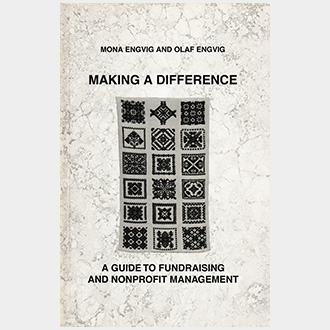
THEMO Publishing, San Francisco
out of print
1997
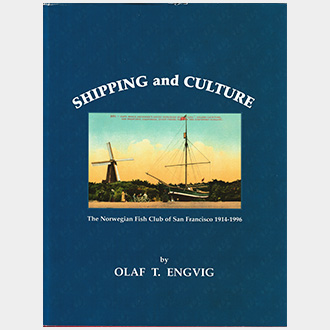
Fish Club, San Francisco, 192p, ill.
out of print
1982
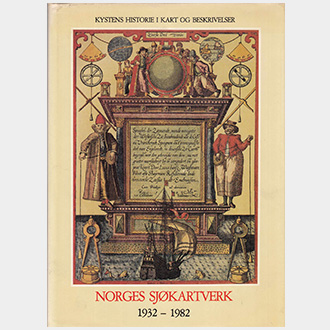
Norges Sjøkartverk, Stavanger
1981
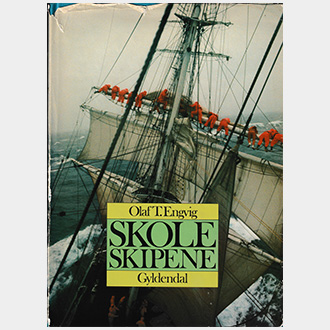
Gyldendal Norsk Forlag, Norway
1978
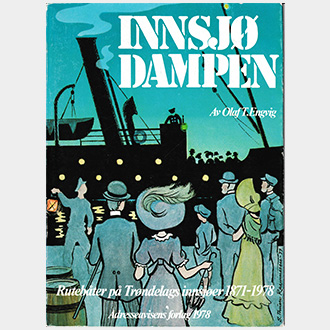
Adresseavisens Forlag, Norway
1977

Adresseavisens Forlag, Norway
1976
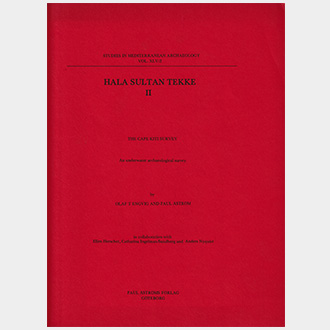
Gothenburg University, Sweden
1973

University of Oslo
1972
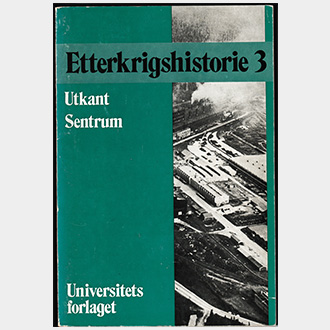
University of Oslo
1970 - present
Several hundred articles and book chapters in Norwegian, English, American, Swedish, French, Dutch, and Canadian publications.
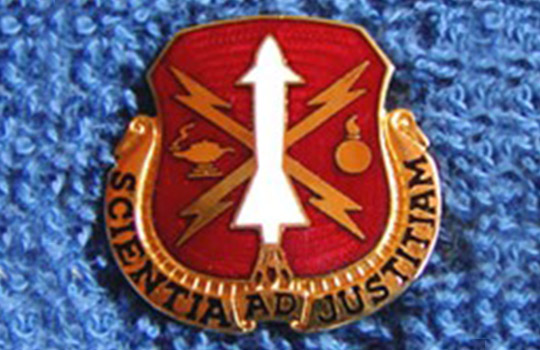
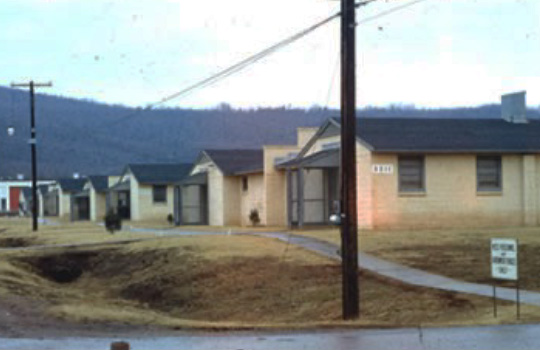
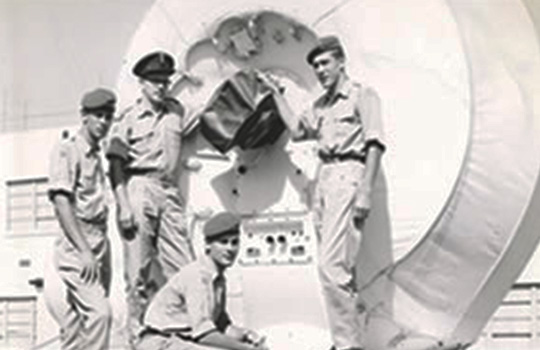
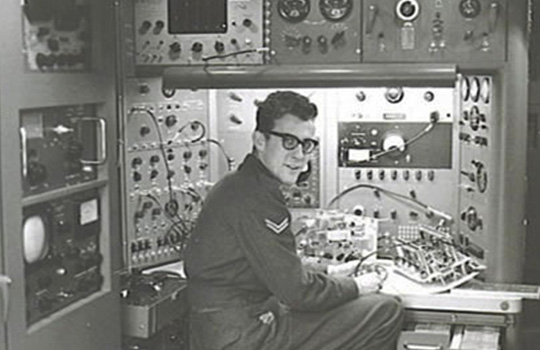
The latter part of the 1950s saw an increased military build-up within the NATO alliance due to the Cold War and the Russian military and space advance. When the three first Norwegian grenadiers arrived at Redstone Arsenal, Huntsville, Alabama in mid-January 1958 and started school, there were only American students at the Ordnance Guided Missile School (OGMS). Olaf Engvig and two other students attended the school's Nike-Hercules/Ajax Track Radar repair program and were trained on higher echelon maintenance on the radars and the guidance systems. During spring, summer and fall of that year many other NATO students arrived from all over Europe and Turkey. After one year at Redstone, Olaf and his comrades were transferred to Fort Bliss, Texas for further training. In May 1959 they returned to Norway with four brand new NIKE Hercules batteries. This was the first ever rocket system in Norway.
CLICK HERE to read more
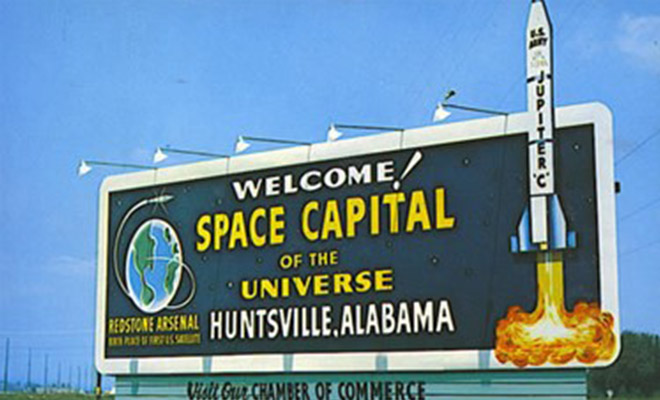
This poster met us when we were driving into Huntsville and Redstone Arsenal in 1958. It is long gone.
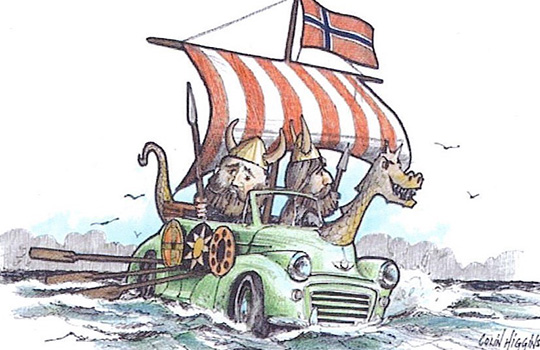
When Olaf was a university student in the early 1970s, he met a girl who had a Morris Minor.
When he got a similar Morris himself and needed help for repair, he befriended Ole Østby, who had several Minors.
They decided to join forces, and on September 18, 1978 they started Norsk Morris Minor Klubb NMMK, with Ole as president and Olaf as vice president.
Within a year it became the Nordic Morris Minor Klubb, accepting members from all of Scandinavia. Today it is one of the largest classic car clubs in Scandinavia.
Shortly after the start, we distributed a simple membership pamphlet named NORMINOR. It became the Club's magazine with six annual issues. NORMINOR is still with us today. Even the initial ensignia NMMK could be kept, just replacing Norsk with Nordisk. We just became Nordisk Morris Minor Klub.
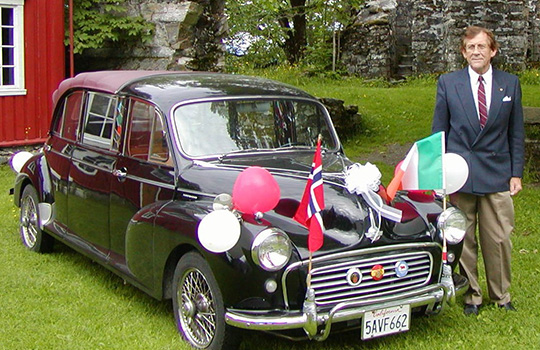
1959 Stretched Limo Landaulet made in Hollywood for the movie Austin Powers.
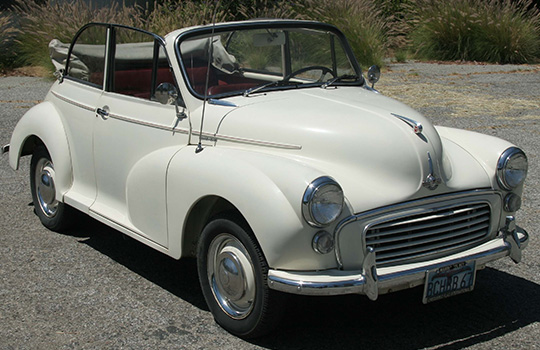
1967 Convertible Sedan.
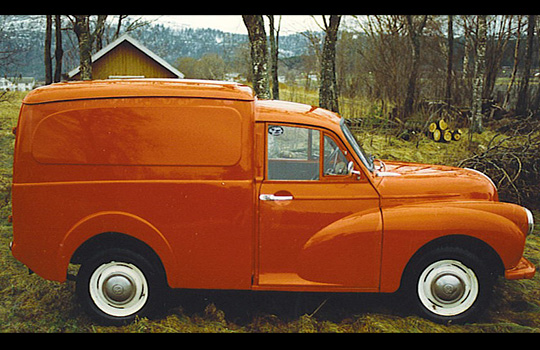
1959 Quarter-ton Van.
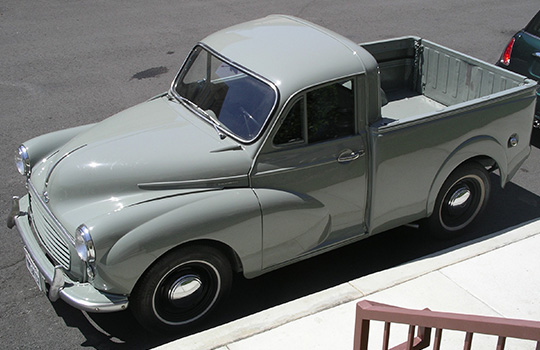
1959 Pick-up Light Commercial Vehicle.

1953 Morris Minor Four-door Sedan.
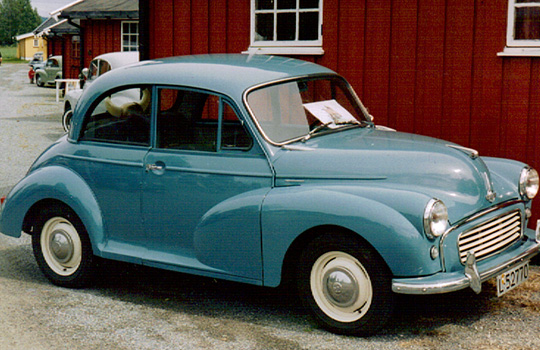
1960 Two-door Sedan, my very first Morris Minor.